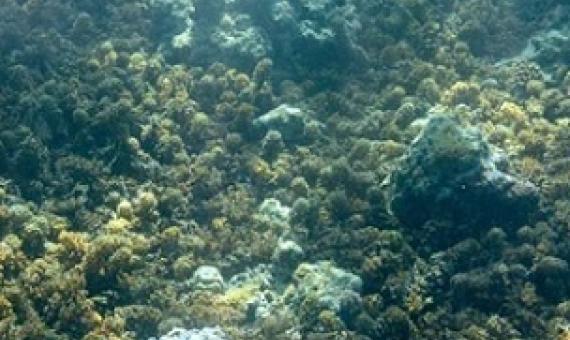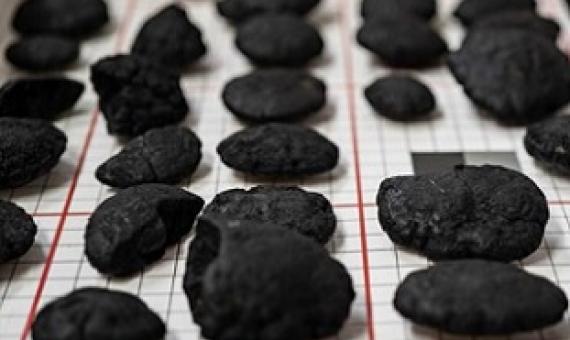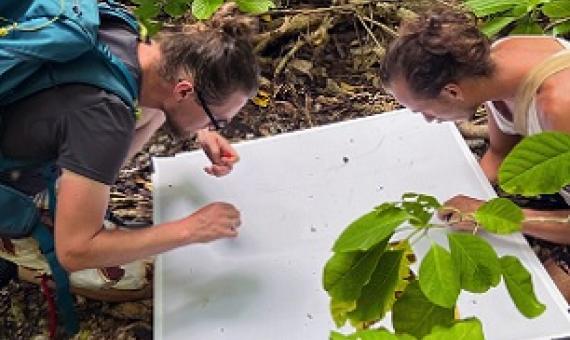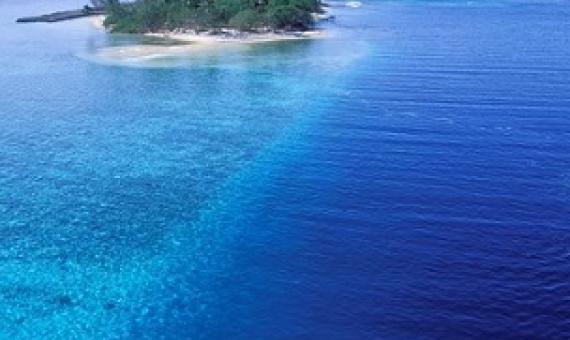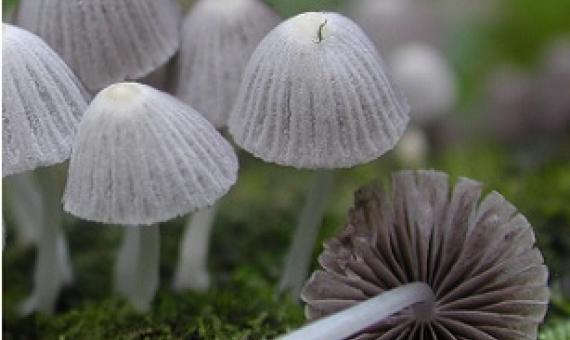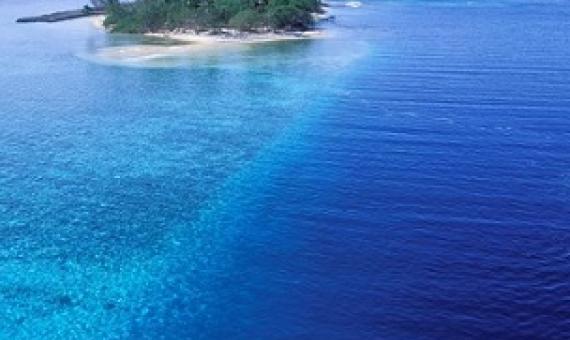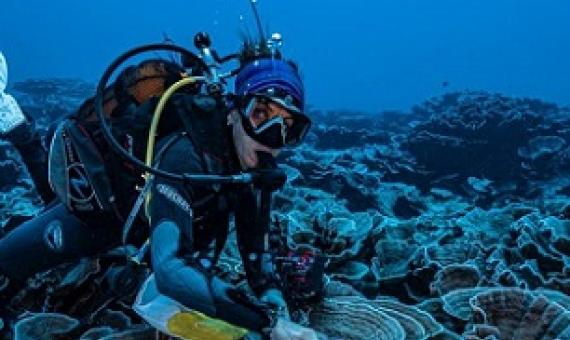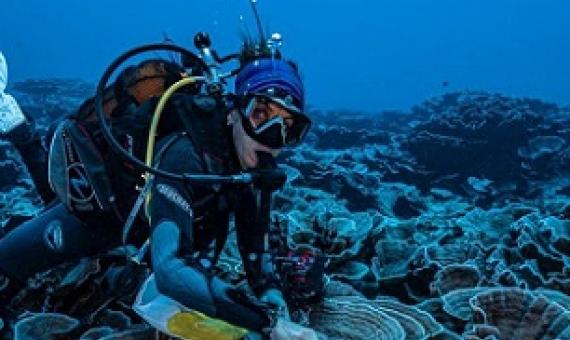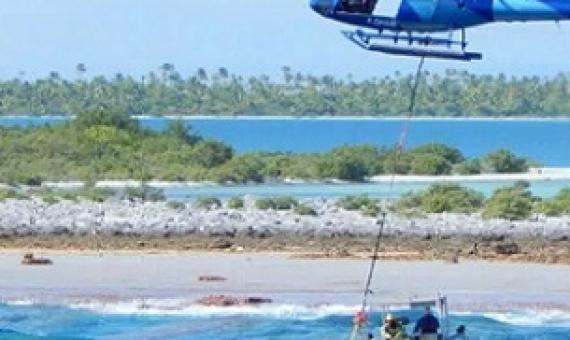Natural disasters can devastate a region, abruptly killing the species that form an ecosystem's structure. But how this transpires can influence recovery. While fires scorch the landscape to the ground, a heatwave leaves an army of wooden staves in its wake.
The French Polynesian assembly has adopted a formal declaration for a moratorium on any plan to allow seabed mining. 45 members voted for, and 11 against the text, which aims to block any such activity until more is known.
Like many islands around the world, Tetiaroa Atoll in French Polynesia has been overrun by rats and other invasive species that profoundly affect its terrestrial and marine ecosystems.
French Polynesia (also known as the Islands of Tahiti) has served as home to the world’s largest marine sanctuary for 2 decades.
In a new study published this week in the Journal of Biogeography, researchers from the University of California, Berkeley, provide the first detailed description of the stunning array of fungi that make their home on the Polynesian island of Mo'orea.
The French Polynesian government says by 2030 it plans to create a marine sanctuary covering half a million square kilometres in the south-east of the territory. President Edouard Fritch announced the marine sanctuary at the One Ocean Summit in France.
A coral reef site in pristine condition has been opened to the eyes of the world in French Polynesia by a series of photos for UNESCO taken by Alexis Rosenfeld.
Contemporary Ra¯hui: placing Indigenous, conservation, and sustainability sciences in community-led conservation
Resource sustainability requires recognising and developing pathways to integrate local and Indigenous knowledges alongside conservation and sustainability sciences within management practices and governance. However, knowledge never occurs in a vacuum, and is always mediated by the beliefs, values, or stances towards its possession or use within particular contexts.
Marine explorers have discovered a "pristine" 3km (2-mile) coral reef at depths of 30m (100ft) off the coast of Tahiti, French Polynesia. It is one of the largest discovered at that depth, says the United Nations Educational, Scientific and Cultural Organization, which led the mission.
It was the most ambitious and logistically challenging island restoration project to date. The aim in 2015: to turn some of the world’s rarest birds back from a path to extinction by removing introduced predators from remote French Polynesian islands.

